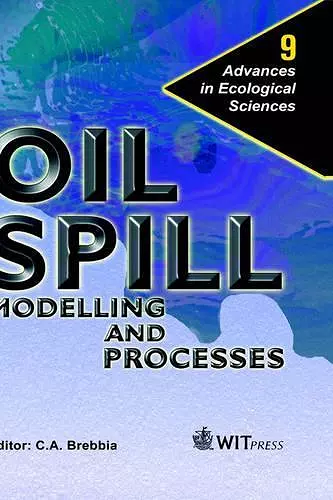Oil Spill Modelling and Processes
Format:Hardback
Publisher:WIT Press
Published:10th Sep '01
Currently unavailable, and unfortunately no date known when it will be back

The ever-growing demand for energy in our society continues to increase the potential for the occurrence of major oil spills, usually resulting from its transport from the production countries to the global market. Such oil spills from tankers and pipelines have resulted in considerable damage to the environment. The increasing number of preventive measures cannot eliminate the risk of oil spills taking place. Therefore it is important to understand how the resulting oil slicks behave in order to respond more effectively to their hazards and hence decide on the nature of the measures that can mitigate their environmental impact. This book provides state-of-the-art contributions on the modelling of oil spills in maritime waters. It describes the significant advances made over the last few years in the development of mathematical methods to predict and forecast the dispersion of oil spills. Several chapters describe the physical and chemical processes that take place in oil spills including environmental conditions affecting oil weathering. Processes that are described include spreading, evaporation, dispersion and emulsification, with formula presented to model them.Other processes such as absorption, sedimentation and photo-oxidation are also discussed. Separate chapters are dedicated to the important problem of evaporation, including comparison of experimental data with predictive methods and simple but reliable equations are provided to represent it. A chapter dedicated to the weathering of oils at sea compares field data results with methods of prediction. The computer model described by the authors enables the selection of the most appropriate method for use of chemical dispersants under different spill conditions. Few model researchers have carried out the analysis to quantitatively address the impact of oil spills on the environment. One of the chapters in the book addresses this problem to assess the risk, develop contingency planning, cost-benefit analysis and natural resource damage assessment. These studies can be used to support permit applications, compare different response strategies for contingency planning and analyse the maximum liability for accidental spills. The process of water-in-oil emulsification changes the properties of oil spills and it is arguably the most important phenomenon after evaporation.The chapter dedicated to this problem is the result of considerable research and field experience, and describes state-of-the-art knowledge in this important field. The international standing of the contributors and the range of...
ISBN: 9781853126727
Dimensions: unknown
Weight: unknown
176 pages